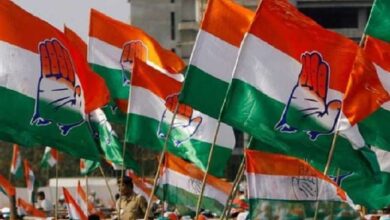ASI seeks permission to excavate in Nindaur, research will be done on Nanda dynasty

Patna The Archaeological Survey of India (ASI), Patna Range has submitted a proposal for excavation at ‘Nindaur’ in Kaimur district to its Delhi Headquarters. The purpose of excavation in Nindaur is to find out its possible connection with the Nanda kings of the Magadha Empire. The Nanda dynasty ruled Magadha between 343 and 321 BC and their capital was Pataliputra (modern Patna).
Gautami Bhattacharya, Superintending Archaeologist, ASI, Patna Zone said, “The geographical location of the site (Nindaur) is very important. It is situated on an ancient route between Pataliputra to Kashi which runs through Son river Sasaram-Bhabua. It was the largest city settlement between ancient Magadha and Kashi Mahajanapada. The place may have been an administrative and trade center in the early historical period. The site deserves a thorough investigation by archaeologists and archaeological excavations here will be extremely beneficial. So we have recently sent a proposal to the ASI Headquarters to excavate at ‘Nindaur’ to find out its possible connection with the Nanda kings of Magadha.
Nindaur is situated at a distance of about 220 kms from Patna. Bhattacharya told that the mound of historical importance of the village was first mentioned in 1812.-13 by F. Buchanan and then referred to by W. W. Hunter in the year 1877.
Bhattacharya said that according to Buchanan, Nindaur is said to be the abode of the Nanda king. They had seen the remains of the fort, tanks, brick and stone structures. But he was unable to assess the archaeological importance of the mound and how old it is. He said that the high mound is spread over an area of about 380 times 225 metres. The rings, made of brick and stone structures, can be seen well on the mound. According to the geographical features of the mound, it appears like an ancient city settlement. Uncut stones, bricks of various sizes have been found from the mound. Some fragments of sculptures made of sandstone were also seen on the mound.
Bhattacharya said that among the earthen pots seen at the above site, red utensils are more whereas black utensils are less. The Nanda dynasty ruled the northern part of the Indian subcontinent. The Nandas overthrew the Shishunaga dynasty in Magadha and expanded their empire into northern India. Its founder was Mahapadma Nanda and the last Nanda king was Dhanananda. (Language)






